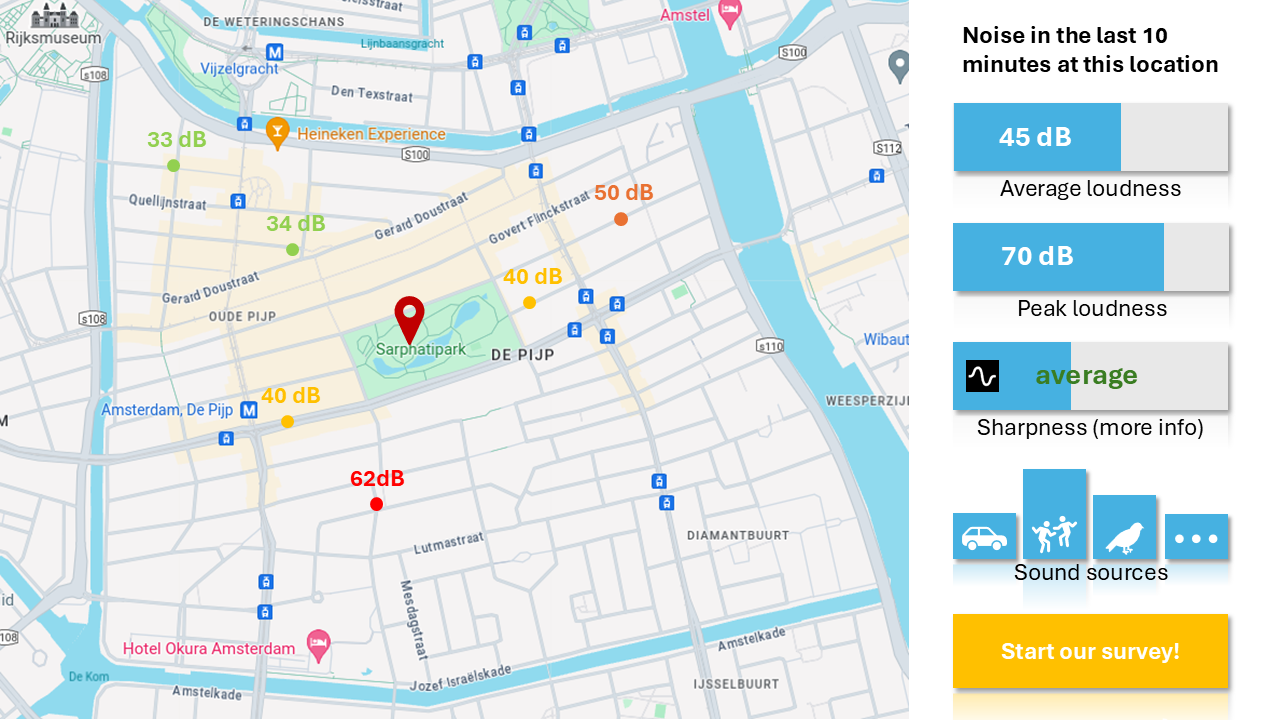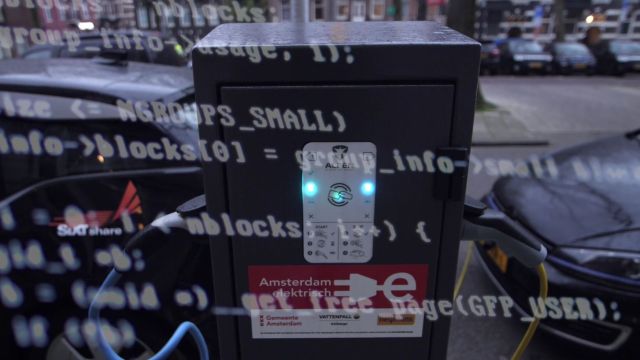Listening to our Cities
Understanding how noise pollution is perceived with smart sensors and human feedback.
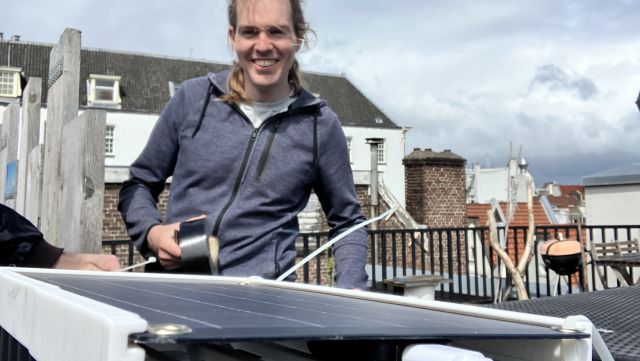
In the bustling urban landscape, the sounds we hear profoundly shape our experiences. However, amidst the symphony of urban sounds, noise pollution poses a significant challenge, impacting both our physical and mental well-being. Researcher Lion Cassens (MSc), TU Delft, Faculty of Technology, Policy and Management, started a project within our lab to delve into the complex realm of urban soundscapes. By integrating smart sensors and human feedback, we aim to gain deeper insights into how noise pollution is perceived and pave the way for responsible solutions in the smart city.
It is estimated that noise contributes to 48.000 cases of heart disease and more than 22 million cases of high and chronic noise annoyance in Europe every year, making noise the second most important pollutant after air pollution.”
— European Environment Agency, 2020,
Understanding the Urban Soundscape
The urban soundscape encompasses a myriad of sounds, ranging from the rhythmic hum of traffic to the soothing melodies of birdsong. However, not all sounds are created equal—while some contribute positively to our well-being, others, such as traffic noise, can have detrimental effects on our health. Our project seeks to capture the nuances of the urban soundscape by deploying a network of smart sensors that closely mirror human perception. These sensors will measure various sound metrics, including loudness, intermittency, and sharpness, while also classifying sound events based on their sources.
The obtained metrics will be visualized on an interactive soundscape map, showing how sounds are distributed in the neighborhood, and how these change over time. We further plan to carry out a noise annoyance survey of residents to correlate various characteristics of the soundscape with their perception. The soundscape maps will be visible online and on a public display, which can temporarily be placed at points of interest, such as parks and squares. The public display also serves as an interface which allows citizens to provide feedback on how they perceive the sounds around them.
The individual sensor nodes are based on consumer-grade microphones (i.e., ICS-43434) which are sufficient to measure loudness levels and identify sound sources. All metrics are processed directly on the sensor, with no audio permanently recorded, stored, or transmitted. The sensor was released as open hardware during the Inter.noise 2024 conference in Nantes in August 2024, where the sensor was presented to a scientific audience.
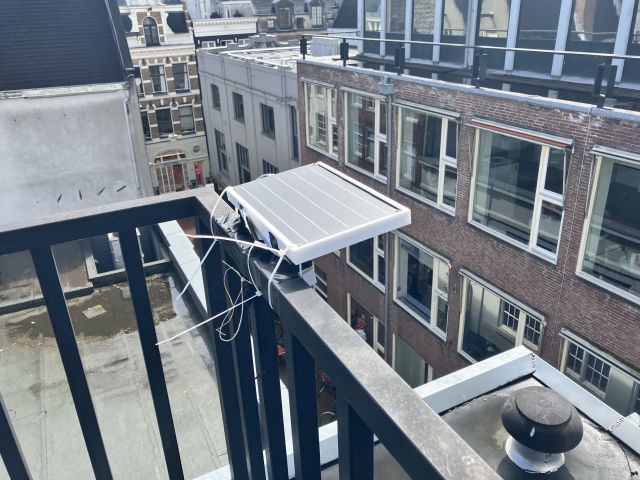
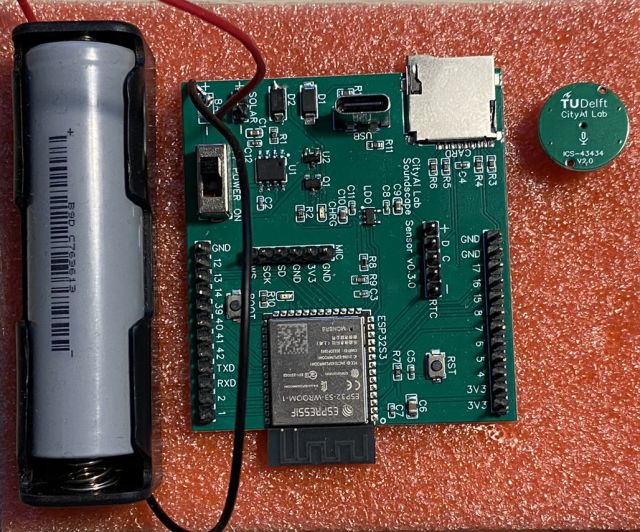
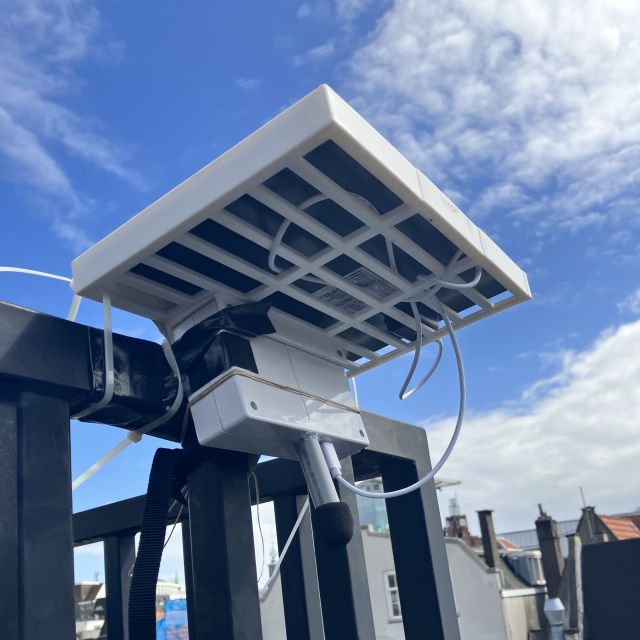
Responsible Data Collection and Analysis
Ethical considerations are at the forefront of this project. All metrics are processed directly on the sensor, with no audio permanently recorded, stored, or transmitted. Moreover, the sensor design, both hardware, and software, will be open-source, fostering transparency and collaboration within the scientific community.
Deployment in De Pijp in Amsterdam
For the initial deployment, Lion has selected the vibrant neighborhood of De Pijp in Amsterdam. With its diverse mix of residential buildings, recreational areas, and bustling streets, De Pijp provides an ideal testing ground for our sensor network. The sensors will be strategically placed to capture the unique soundscape of the neighborhood, including its dynamic interactions between traffic, leisure activities, and natural elements. The planned sensor locations were chosen to uniformly represent most streets in the northwest area of De Pijp. The deployment is currently planned for 3 weeks during Summer 2024. The sensors are battery and solar powered and thus, do not require an external power source.
Privacy is essential to us so the sensor never stores or transmits any audio. Instead, the sensor immediately calculates sound characteristics such as loudness and pitch. This allows us to understand the soundscape but makes listening to what is being said impossible.”
— Lion Cassens, Researcher, TU Delft, Faculty of Technology, Policy and Management
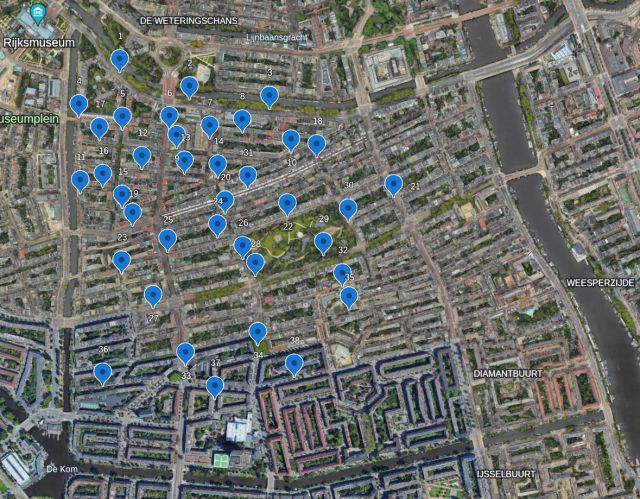
Engaging Citizen Feedback
Citizen engagement is central to our project. In August we will invite residents to participate in a noise annoyance survey, correlating their perceptions with the data collected by our sensors. Additionally, we will install public displays in key locations, allowing citizens to interact with the soundscape maps and provide real-time feedback on their acoustic environment.
